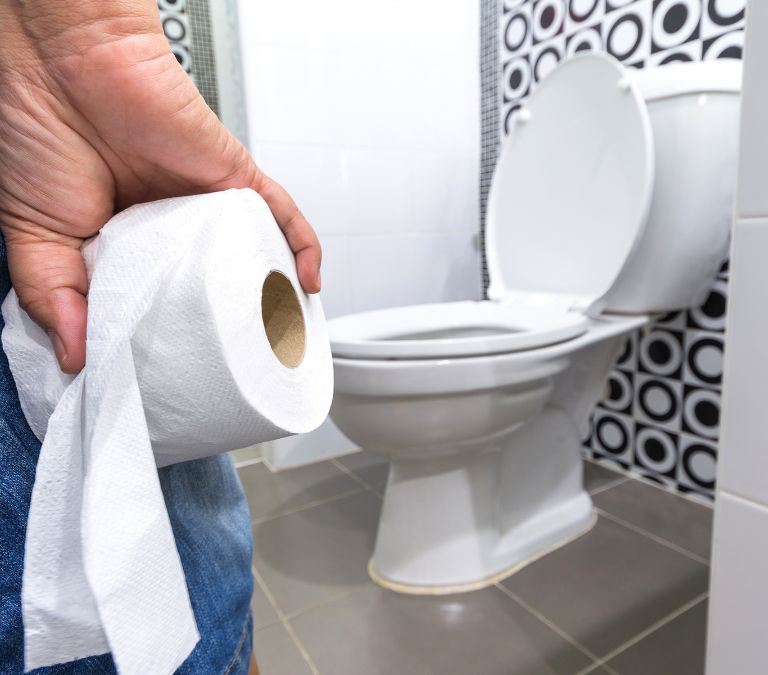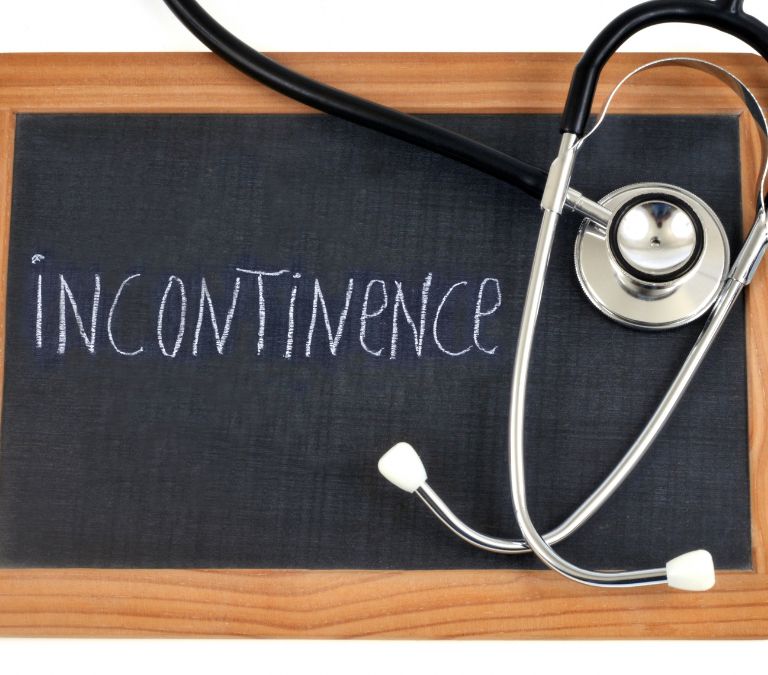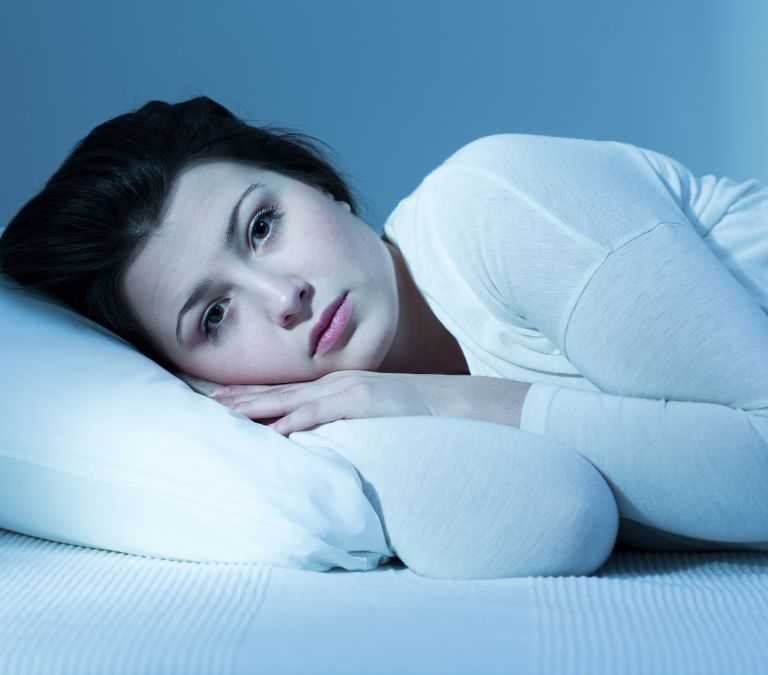As a woman, I know many imminent health dangers that focus on women more than men. And if we don’t keep engaging and informing ourselves, we may keep forming the victims of things we could have avoided in one way or the other. So, I decided to talk about overactive bladder in this piece. Though it affects males and females alike, it is more common in women. We need to address it before it becomes more than we can handle. Just kidding, anyway, we will always handle it. Let’s just be informed.
What Is an Overactive Bladder?

Well, just as the name sounds, it is a condition that puts the bladder in a hyperactive condition. You already know our bladder helps us urinate and all that surrounds it. So, an overactive bladder means that you will feel the urge to urinate often. Sometimes, at night, you might have the urge to urinate two to three times before morning. The painful thing about this is that most women won’t take this seriously at first until things go bad. I don’t want you or anyone around you to go through that. So, that is why I am sharing this right now.
Overactive bladder is also called OAB. It is a frequent uncontrollable involuntary urination impulse. It may also come with urine leakage, where drops of urine are released uncontrollably. I know many women go through this in silence, but the fact remains that you are not alone. Do you know that about 33 million Americans are victims of this? Most of which are women. Though we all may not talk about it to one another, it is a reality for many.
And if you are already experiencing this before you stumble on this article, I would like you to know that you’re on the right page, and that doesn’t mean the end of the world. I will be sharing information beneficial to you and other women wearing the same shoe in all ramifications. We know it may be difficult to handle because it is unpredictable, but we can help each other with this. I do hope we will keep ourselves strong this way.
Symptoms of Overactive Bladder
As a woman, because of our makeup and the things that we go through, it is possible for us to feel or undergo several changes similar to symptoms of one disease or the other. For this reason, we need to pay attention to little details to distinguish if it is a symptom of an ailment or just one of those feelings that will pass. For instance, if you experience urine leakage, it doesn’t necessarily mean you have an overactive bladder.
It is because occasional urine leakage is not exclusive to an overactive bladder. For example, occasional urine leakage can come when you sneeze or laugh too hard. That doesn’t mean you have an overactive bladder. So, please calm down; let’s unravel it together. Don’t just assume that is what you have. Understand that we have a great body with lots of internal structures. So, the question is, what are the symptoms associated with an overactive bladder.
Overactive bladder is mainly known by how frequently you have the urge to urine. And not just the urge to urinate, but it will come with a high urgency each time. It won’t be like normal urine that the urge to urinate will come gradually. This one will come suddenly with a full sense of urgency. Each of the frequent times you want to urinate, it will always be an urgent urge. That is an overactive bladder in operations.
It is accompanied by frequent uncontrollable loss of urine too. It may mean that such an individual has little or no control of the bladder anymore. The frequent urgent urination can be up to 10 times in 24 hours, and the woman makes up to 3 times to urinate before morning. Suppose you are waking up like 3 times to urinate before morning. In that case, it doesn’t necessarily mean it is an overactive bladder except if it is accompanied by the frequent uncontrollable urge to urinate during the day.
It is also important to stress that an overactive bladder is not always monotonous in symptoms in all women. Some women may feel differently. While this may make it slightly difficult to nail it that it is an overactive bladder, I suggest you understand your body more and pay attention to it as a woman so that once you notice a difference with what you feel or how your body is reacting, you can quickly speak with your doctor.
How is Overactive Bladder Diagnosed

Diagnosing an overactive bladder begins with you as a woman; as I mentioned earlier, we should understand our body and how it responds. There are different tests that your medical doctor can conduct to find out if you have an overactive bladder. But the truth is that they all depend on the information you provide. The information you provide will determine which test to go for so that they can identify what is going on exactly.
Remember that the solution is not in view if they don’t identify the main issue. Let me quickly add that aging is one critical factor that enhances an overactive bladder. It is not like menopause which is unavoidable and needs to be managed. You can return to your normal life if it is well attended to on time. It would help if you weren’t ignorant of how an overactive bladder works and affects the body.
Therefore keeping a journal of your experience may help. For example, the doctor will like to know how often you urinate, if there is any pain while you urinate, how much urine you pass each time if you feel the urge to urinate suddenly, when the urgent need to urinate starts, and your medical history of urinary issues (if any), etc. Answering these questions will help the doctor to know what’s next. So you must provide accurate answers.
Bladder Stress Test
It is one of the tests your doctor might conduct on you. The bladder stress test is targeted at determining if you have urine leakage. It is done by filling your bladder with fluid, after which you will be asked to cough. Although you normally have urine leakage, some drops of urine will come out uncontrollably as you cough. For example, what happens when you sneeze or laugh too hard too.
Other bladder tests can also detect the amount and speed of your voiding and the pressure within and around the bladder. These tests can be used for a better overactive bladder treatment.
Urinalysis
Urinalysis is a comprehensive test that will reveal a lot of things. It is done by collecting samples of your urine, and it is then examined to check the presence of some things that will make it clear if you have an overactive bladder. For instance, glucose shows the green light for diabetes, which is one factor for an overactive bladder.
Also, they will check if bacteria are present in the urine. Once it is, it means you have a urinary tract infection. That is also not a good one for an overactive bladder. Next, they will try to see if protein or blood is in the urine; if yes, there is a kidney problem. These will lead the doctor on what to advise and the medication to administer to you.
Postvoid Residual Volume
This test is administered to determine if the bladder is completely emptied when urinating or if it leaves some urine behind. This test can be done manually and through ultrasound. Postvoid residual volume is needed to understand how your bladder functions and identify the real problem.
Difference between overactive bladder And Stress incontinence

Stress incontinence and overactive bladder seem like they are the same in explanation. You need to know which one is your case so that it is addressed accordingly. It won’t be too good if you don’t understand your situation holistically.
During stress incontinence, the unintentional loss of urine is caused by physical activity. This physical activity may include coughing, running, sneezing, laughing, etc. It is the pressure of these activities that pushes out the urine uncontrollably.
In an overactive bladder situation, it is a bit different. However, it is still an involuntary discharge of urine. The major difference is that the normal process of bladder muscle contraction still takes place to release the urine. It only happens faster than you can control it.
So, in simple words, stress incontinence is caused by physical activities. At the same time, overactive bladder still occurs via the normal process but faster than you can control. They both are the involuntary release of urine.
What is the main cause of an overactive bladder?
There are different causes of overactive bladder, sometimes caused by several reasons. The good thing about this is that you can avoid these causes in one way or the other. All you need to do is live a healthy life with a good understanding of how your body works. Here are some of the causes of overactive bladder;
- Weak pelvic muscles are a likely cause of overactive bladder, especially for women who have gone through childbirth. The pelvic muscles may become weak since it stretches after pregnancy and childbirth. It may, in turn, cause the bladder to sag leading to urine leakage.
- Also, some medications, caffeine, and alcohol may cause nerve damage which will negatively impact the information process in the brain. Caffeine is noted to fill up the bladder and possibly cause urine leakage.
- This can also be because of damaged nerves. It may result from certain illnesses and trauma such as stroke, Parkinson’s disease, Pelvic or back surgery, multiple sclerosis, etc. The nerves carry wrong information to the brain to empty the bladder. So, people with these issues may have urine leakage.
- Interestingly, when you become overweight, it poses the possibility of urine leakage. Being overweight comes with extra pressure on the bladder, forcing urine out.
- Infections like urinary tract infections can cause urine leakage. It negatively impacts the bladder nerves. It will cause urine leakage as it the bladder becomes squeezed
Can an overactive bladder be cured?
I know the question on your mind right now is whether or not an overactive bladder is curable. Hmmm, well, at the moment, it is not. But, though it is not, it doesn’t mean the world’s end for you. I understand you need to do things or be at places. But then you think of how disturbing it will be with a frequent uncontrollable urge to urinate and leak.
The good news is that you can manage it. And I mean well managed so much that you can have your life back. Science has been of help a great deal giving us well-researched solution paths which have worked for several women. So, there is no need to panic about anything. You will still be you and feel like yourself as before.
Three major solution paths can help you get back to your normal self. These include taking drugs, some of which come in tablets, or you take antidepressants for an overactive bladder. You may as well go for hormone treatment. It is facilitated by lower estrogen levels linked with aging. As a woman following aging and menopause, estrogen level drops.
Overactive bladder is treated with some form of exercise. It is usually some Kegels, as advised by medical doctors. It depends on the severity of the overactive bladder and other underlying medical conditions. It is often treated with more than one approach or treatment administration. Again, your medical doctor will make the best choice for you.
How long does an overactive bladder last?
Overactive bladder is a condition that is not like most medical conditions that leave after treatment. It is seen as a chronic condition. It can only improve, not that the treatment throws it off the patient. However, as the patient improves, she can affirm some control over the bladder to avoid leakage. It can last for a lifetime once it begins.
However, treatments are carried out per time. It may be for a few weeks and then intermittently to keep the achieved results. Standard treatment may take up to 12 weeks. And intermittently every few weeks. It is to retain the results achieved through the 12 weeks of treatment.
How do you sleep with OAB?

Sleeping with an overactive bladder is easy as long as you are prepared for it. So, preparation is everything as far as sleeping with an overactive bladder. Several medical professionals have advised clients with OAB to keep a towel or baby wipes close as they go to bed. Towels are needed for clean-up.
Apart from going to bed with a towel or baby wipes, it is pertinent to mind what you eat before bed. Some foods are not advisable because they will irritate your bladder for urination. You need to watch the food you eat for dinner concerning your body system. That means you must understand your body and how it reacts or responds to your foods.
Also, it is medically advised that you reduce your fluid intake from 6 pm. It includes water and other fluid intakes. Reduction of fluid intake is very important. You know that normally, the more water or fluid you take, the more you urinate. Since there is an issue already, reducing the intake a few hours before bedtime is wise.
Why is an overactive bladder worse at night?
Well, having an overactive bladder at night is not an easy thing to withstand. I understand how tiring it is after working all day and getting home but unable to sleep as much as possible. But, we all need to sleep and get rest at night.
Overactive bladder is particularly worse at night because it interrupts your night rest, makes you have uncomfortable night rest, and is also worn out in the morning when you are supposed to be refreshed. It is the most painful part of the overactive bladder at night.
Treatments For Overactive Bladder
Though you may not cure an overactive bladder, you can manage it. So, the treatment is about managing to ensure you have a new skill to cope and reduce the rate of involuntary urine release. Understanding these treatments will help you to get better with the overactive bladder.
There are different treatment paths for an overactive Bladder. Generally, there are three major paths: medications, behavioral treatments, and lifestyle changes. The treatment will fall into any of these three categories. Sometimes, surgery is used to treat an overactive bladder in rare cases.
Behavioral Treatments
Kegel exercises are good for improving the urinary sphincter and the pelvic floor muscles. With this, you can prevent the bladder’s involuntary contractions.
Working on your weight to shed some weight is a practical way to treat stress urinary incontinence. You can choose any weight loss program that works for you.
Absorbent garments and pads are also part of things you can use to combat the effect of an overactive bladder. At least it will save you from embarrassment.
You may as well use biofeedback to treat the overactive bladder. Once connected to biofeedback through electrical sensors, it will measure your body system and enable you to suppress the urge to urinate.
Medications
For medication, vaginal estrogen therapy strengthens the tissues and muscles in the urethra and the vaginal area. You can take the medications via tablets, creams, etc.
Some medications are used to relax the bladder. With that, you will reduce the overactive bladder. Some of these drugs may include Trospium, Darifenacin (Enablex), Fesoterodine (Toviaz), Solifenacin (Vesicare), etc. You need to use these drugs under close supervision.
Overactive bladder is also treated with nerve stimulation. At least you can use two nerve stimulation procedures to treat an overactive bladder: sacral nerve stimulation and Percutaneous tibial nerve stimulation (PTNS).
Surgery Option For Overactive Bladder
Though surgery is not a common treatment for an overactive bladder, it is usually the last resort. That must be a peculiar case. When surgery is involved, it focuses on reducing the pressure on the bladder and enhancing it to store more urine.
Patients with severe urge incontinence may undergo surgery to increase their bladder capacity. Anyone who goes through this surgery will need to use a catheter regularly at an interval for the rest of her life. It will help to empty the bladder.
Some people may need to go through bladder removal surgery. It is the last option for any overactive bladder case. It involves the removal of the bladder and replacing it with a bladder that is constructed surgically. After removing the bladder, a bag is connected through an opening.
Conclusion
Overactive bladder in women is more than men experience. So, it is a concern because, in addition to what women feel generally, this is why we should not put a blind spot on it. I understand that it may be difficult to talk about overactive bladder experiences; even with the doctor, it feels somehow. Still, the truth is that you need to talk about it.
Please do not leave any stone unturned when reaching out to the medical practitioner for help. Every detail can help in turning things around. As discussed earlier, the details include your medical history for your medical practitioner to give you the best prescription to enhance resolution and make you feel better.







